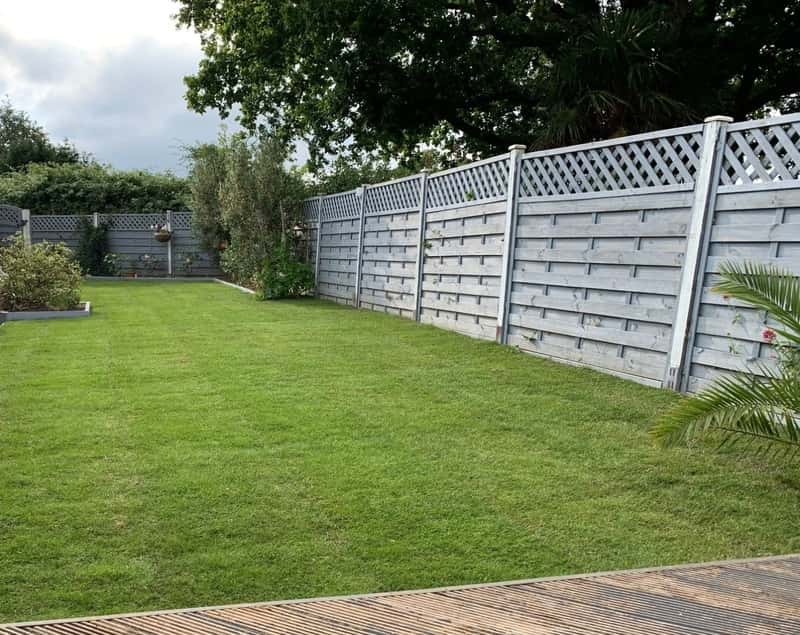
For many of us, a perfect lawn is the foundation of a good garden. Ensuring your lawn is in the best condition for the season ahead is only achieved with some good preparation, and spring can be the perfect time to start some essential maintenance.
One important lawn care job to consider alongside mowing, feeding and watering is to aerate your law. This process creates small holes in the soil, either by hand using a garden fork and some elbow grease or by using a specialist aeration tool or machine.
Aerating a lawn helps enable vital processes to happen under the soil – allowing air circulation to take place and letting water and nutrients in. This can help speed up root growth by allowing oxygen in and CO2 out, helping generate stronger root formation. After heavy rain, or lots of traffic during the year, the soil itself can become compacted over time, and aerating can help loosen any dense and compressed soil. Compact soil can lead to thatch and moss forming, which can be tricky problems to counteract.

When to aerate the lawn
Spring and autumn are the best times to aerate the lawn, but most people prefer to do it earlier in the year ahead of the growing season. It is usually sensible to aerate after you have scarified the lawn, but if the soil is in a good condition this may not be necessary every time. Keep an eye on the weather conditions too – aerating a lawn after a spell of heavy rain might not be the best option and will only lead to the soil becoming even more compacted.
You can spot if you need to aerate your lawn by reviewing its general condition – if it’s not looking very healthy, or is newly laid, you may need to give it some extra care and attention. Patchy growth or ‘leggy’ grass can also be signs that the roots need some air.

How to aerate a lawn
On a small area of lawn, aerating is fairly simple and you can use a garden fork or manual aerator (like a fork but creating hollow tines) to evenly perforate the soil. On a larger lawn surface, you may want to consider using a rotary, electric or petrol aerator to ensure the lawn is evenly ‘spiked’. Alternatively, you could tackle sections over a few weeks manually.
Spiking refers to driving the tines of a garden fork into the soil to a depth of around 7 cm-8 cm. It’s helpful to try to position your fork at a 45-degree angle and allow a gap of around 30 cm or so between openings.
Pricking refers to a smaller perforation of the surface of the lawn (about 2 cm-3cm) using a solid-tine or slitter aerator. It’s a good way of breaking up any dead matter which may have built up with compacted soil.
Once you’ve finished aerating our lawn, it’s important to seed the area and water every few days to maximise the impact of your hard work. Don’t forget too that it’s always best to scarify and aerate the lawn before you apply any new seed, relay areas with turf or use feed.



